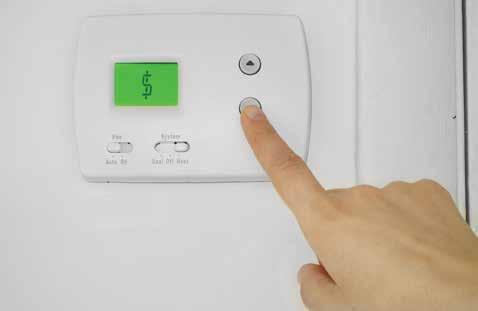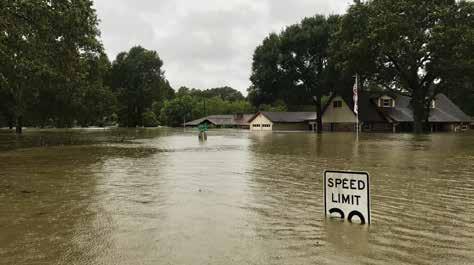
7 minute read
Texas Propane School Bus Grants Expiring February 26, 2021
Texas Propane School Bus Grants Expiring February 26, 2021 Schools can apply now and buy later
While Texas is the leader in propane school bus adoption with 78 districts operating over 3,100 propane-powered school buses, there is still much room for growth. New propane school buses produce up to 96% less NOx than new “clean” diesel buses. They are already being certified for the California 2024 Low NOx and 2027 Ultra-Low NOx emissions standards, so school districts looking to clean up their emissions have an economical solution.
Advertisement
The EPA is not the only one that has grants for school buses, the Texas Commission on Environmental Quality (TCEQ) has a first-come, first-serve replacement grant through the Texas Natural Gas Vehicle Grant Program in which propane qualifies, whether it is a bobtail, school bus, or another medium to heavyduty vehicle. There is over $13 million still available, and the grant deadline is quickly
approaching, with the last drop-dead submission date of February 26, 2021.
School districts can apply with the help of the Propane Council of Texas’ grant team to replace their older gasoline or diesel buses with propane school buses
School bus grant eligible counties: Aransas, Atascosa, Austin, Bee, Bell, Brazos, Burleson, Calhoun, Colorado, DeWitt, Duval, Falls, Fayette, Freestone, Frio, Goliad, Gonzales, Grimes, Hill, Jackson, Jim Wells, Karnes, La Salle, Lavaca, Lee, Leon, Limestone, Live Oak, Madison, Matagorda, McLennan, McMullen, Medina, Milam, Navarro, Refugio, Robertson, Victoria, Walker, Washington, Webb, and Wharton counties. El Paso Area: El Paso County. Tyler-Longview Area: Gregg, Harrison, Rusk, Smith, and Upshur counties. Austin Area: Bastrop, Caldwell, Hays, Travis, and Williamson counties. Beaumont-Port Arthur Area: Hardin, Jefferson, and Orange counties. Corpus Christi Area: Nueces and San Patricio counties. Dallas-Fort Worth Area: Collin, Dallas, Denton, Ellis, Henderson, Hood, Hunt, Johnson, Kaufman, Parker, Rockwall, Tarrant, and Wise counties. Houston-Galveston-Brazoria Area: Brazoria, Chambers, Fort Bend, Galveston, Harris, Liberty, Montgomery, and Waller counties. San Antonio Area: Bexar, Comal, Guadalupe, and Wilson counties.
and pay for 1/3 of the new bus dependent on the older school bus model year and which propane school bus Low NOx or Ultra-Low NOx the district chooses.
Last grant round, Georgetown ISD got over $730,228 to replace 23 older diesel buses with propane school buses, and Leander ISD received $739,434 to replace 24 older diesel buses with propane school buses.
With the state budget shortfall, there is no guarantee this grant program will get renewed beyond February 2021, so school districts operating buses in the Clean Transportation Zone, an over 80 plus county region in Texas, are encouraged to apply. School districts can apply now and they have between 18-24 months to make the school bus purchase, so there is no risk to the school district.
The grant process in nutshell
• Apply & comply • Receive grant contract from TCEQ • Purchase new bus • School request reimbursement
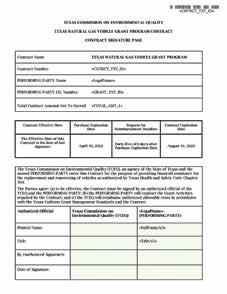
• Destroy old bus • School annually report to TCEQ once a year for 4 years or 400,000 miles
FREE Grant Services Assistance. Do not forget in 2020, the Propane Council of Texas has a complimentary grant writ-

er to assist you through the application process. Please reach out to ProCOT at (800)325-7427 or by email at info@propanecounciloftexas.org for FREE grant consultation, grant writing, or see how much you could get for a diesel or gasoline vehicle you are ready to retire.
FEATURING SPECIALIZED PROGRAMS FOR LP GAS DEALERS
•Worker’s Compensation •General Liability •Business Auto Insurance •Property •Commercial Umbrella Building and Maintaining Confidence in the Insurance Industry since 1949

Member

Contact John S. Porter, CIC Mark D. VanDover, CIC Miles T. McFann Rhonda Wood
1305 South First Street • Lufkin, Texas (936) 634-3326 • 1-800-223-1289 Emails: john.porter@lumbermen.net • mark.vandover@lumbermen.net mmcfann@austin.rr.com • rhonda-wood@lumbermen.net • www.lumbermen.net
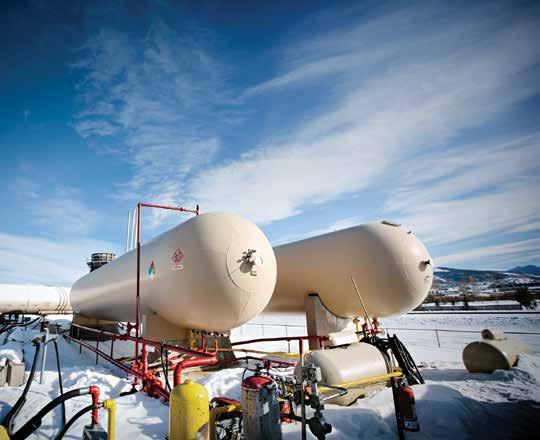
When working with propane, safety is paramount. The risks and precautions that apply to basic operations, such as filling and transporting cylinders, also apply to other activities. The tips below serve as a reminder of what to be aware of and precautions to follow during all propane transfers.
SAFETY TIPS FOR ALL PROPANE TRANSFERS:
3 Remove all ignition sources, flammable liquids, and combustible materials to a safe distance away from the transfer area. 3 Observe all precautions that apply within the Static Discharge Control Area. 3 Always wear appropriate PPE. 3 Inspect hoses and fittings before making connections. Correct any deficiencies and replace damaged components before proceeding. 3 Avoid dragging hoses across the ground when making connections. 3 Carry valves by the body. Carrying by the handwheel or operating lever can accidentally open the valve. Aim the valve outlet away from yourself and other people. 3 Know the locations and operating procedures for emergency shutoff valves. 3 Know your plant’s emergency evacuation procedures, and check that gates are open to provide adequate egress locations in case of emergency. 3 Take special care when unloading into multiple storage tanks simultaneously. Refer to your plant’s procedures to determine which liquid and vapor valves should be open and closed, and how to monitor tank levels during the transfer. 3 Per DOT regulations, make sure a “qualified person” is present during every transfer operation. 3 This person is someone who has been trained on safe work practices, health and safety hazards of propane, and emergency response procedures. 3 In the case of an equipment malfunction that cannot be fixed easily, secure the component if it is safe to do so, and follows your company’s policies and procedures. In some cases, you may need to apply a lock and tag to protect people nearby and prevent any issue.
DISCUSSION TOPICS
1. As you prepare to fill cylinders on a very busy day, you notice that another employee is working in an area with equipment that blocks the exit. How do you proceed?
2. Why is it important to have a qualified person in attendance during propane transfers?
LEARNING ACTIVITY
Stage a common workday scenario or use an illustration with several issues that need to be addressed. Have participants identify hazards and discuss how to remedy.
For more information about hazards and precautions for propane transfers, visit propanesafety.com.
Safe Driving Practices During Deer Season
Fleet drivers should be reminded of best practices for avoiding deer as well as what to do if they do encounter one.
In many parts of the country, driving becomes more dangerous from October through January. That’s because it’s deer breeding season and meeting a startled animal on the road can be a frightening experience that can easily lead to a collision, injuries and even a fatality.
Fleet drivers should be reminded of best practices for avoiding deer as well as what to do if they do encounter one. Experts offering the following advice:
Buckle up
As always, make sure your seat belt is securely fastened when driving during deer season.
Slow Down at Deer Crossing Signs
The signs are posted for a purpose, so proceed with caution.
Be Cautious on Two-Lane Roads
Deer are most prevalent on the side of two-lane roads, and in early morning and early evening hours from the fall through
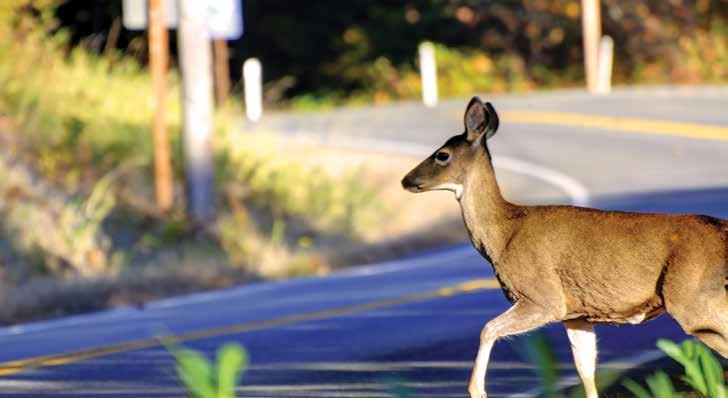
early winter. This is because deer are aware and afraid of hunters in the woods—so they leave the forest. What’s more, in addition to regular hours, hunters in many areas are often allowed to hunt one half hour before sunrise and one-half hour before sunset.
Remember the Herd
If you see one deer, there are likely many more. Deer rarely travel alone but rather as a herd.
Use High Beams at Night
During deer season, use your high beams at night as they can help you scan for deer eye reflections, making it easier to spot one in the dark.
If you do encounter a deer in the road— or believe you are about to hit one— here is what experts suggest:
Reduce Speed, Flash Headlights, and Honk
Deer seem to be in a trace when they see headlights, so flashing and honking helps awaken them to oncoming danger and prompts them to run out of the roadway.
Don’t Swerve
If you think you are about to hit a deer, do not swerve to avoid it. Swerving often causes the driver to hit a tree, a vehicle or another object—and that’s when the most injuries and fatalities occur.
Brake Then Release
Experts suggest that it is better to just hit your brakes up until the last second of impact—then release the brakes. By using this technique, when you hit the deer it will most likely propel away from your vehicle instead of crashing on or through your windshield or roof—both of which situations can cause serious injury to the driver.
Stay Away from Wounded Animals
If you do strike a deer and it is still alive in the road, stay far away from it to avoid scaring it and for your own safety.
Call the Police
Report all vehicle-deer collisions to the police.





